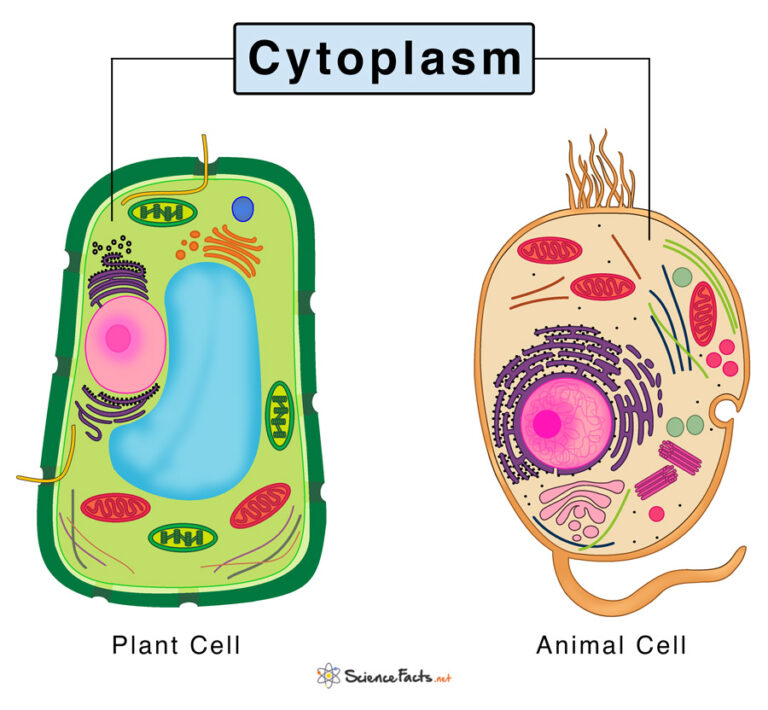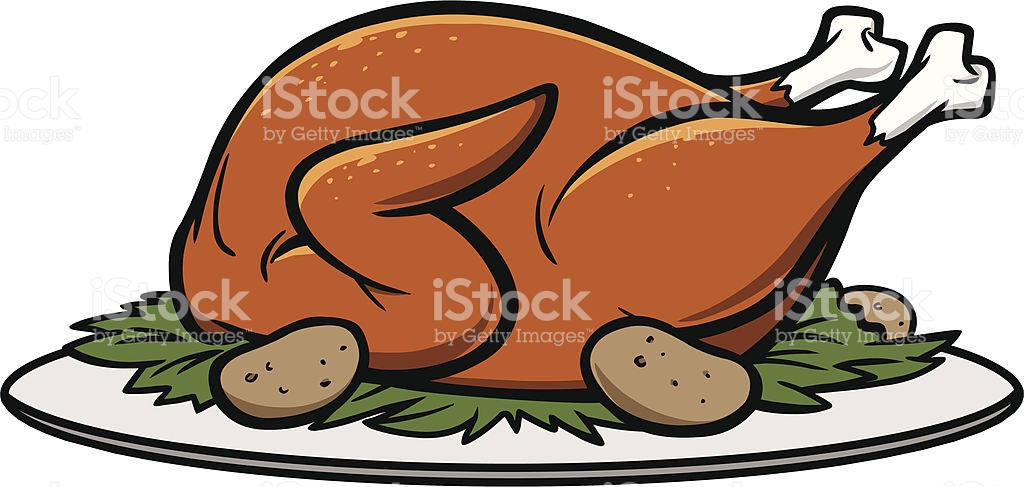Ripped tear
Table of Contents
Table of Contents
Have you ever wanted to draw a realistic depiction of torn flesh, but didn’t know where to start? Look no further, because this article will guide you through the process of drawing torn flesh in a way that will leave you satisfied with your artwork.
Pain Points of Drawing Torn Flesh
Drawing torn flesh can be a difficult task, as it requires knowledge of anatomy, shading, and texture. Additionally, the subject matter can be graphic and uncomfortable for some artists, making it challenging to approach with confidence. Without a solid understanding of the techniques necessary to draw torn flesh, the final product can appear unrealistic and unconvincing, turning off even the most avid art enthusiasts.
How to Draw Torn Flesh
Before you start drawing, it’s important to have a basic knowledge of anatomy. Look up reference images to get a better understanding of the muscle and bone structure of the body. When it comes to drawing torn flesh, you want to make sure that the placement and size of the tear is accurate and believable.
Once you have a basic understanding of anatomy, it’s time to start drawing. Begin by sketching the outline of the tear with a soft pencil, keeping in mind the placement and direction of the tear. From there, start adding texture to the surrounding skin and flesh to show the depth of the wound.
Use a combination of cross-hatching and shading to create a three-dimensional effect, and don’t be afraid to add some blood and gore to make the drawing appear even more realistic. As you work, remember to step back and assess the overall composition of the piece to ensure that the final product is believable and visually striking.
Summary of Main Points
To draw torn flesh realistically, it’s important to have a basic understanding of anatomy and to use a combination of cross-hatching and shading to create a three-dimensional effect. To make the drawing appear even more realistic, add some blood and gore, and step back to assess the overall composition of the piece.
Techniques for Adding Texture and Depth
One technique for adding depth and texture to torn flesh is to use a variety of pencils to create different shades and textures. A soft pencil can be used for shading the lighter areas, while a harder pencil can be used for the darker areas.
Another technique is to use a blending tool such as a tortillion or blending stump to create a smooth transition between shades. This can help to create a more cohesive and realistic drawing, especially when it comes to the texture of the actual tear.
The Importance of Reference Images
When drawing torn flesh, it’s important to use reference images to ensure that the drawing is realistic and accurate. Try to find images that show torn flesh from different angles and perspectives, as this can help to give you a better understanding of the anatomy of the tear.
Additionally, using reference images can help to inspire your creativity and give you new ideas for how to add texture and depth to your drawing. Don’t be afraid to experiment with different techniques and styles, as this can help you to develop your own unique style of drawing torn flesh.
Adding Realism with Color
While many artists choose to create their torn flesh drawings in black and white, adding color can help to create a more realistic and striking final product.
Try using reds and purples to indicate bruising and blood, and use lighter shades to show the depth and texture of the torn flesh. Adding color can also help to create contrast and make the drawing more visually appealing, especially when displayed alongside other art pieces.
Experimenting with Different Styles
When it comes to drawing torn flesh, there’s no right or wrong way to do it. Experiment with different styles, techniques, and mediums to find what works best for you. Try using pencils, charcoal, or ink to create unique and intricate drawings, and don’t be afraid to incorporate other elements such as typography or symbolism into your artwork.
Pushing the Boundaries
As always, the key to creating stunning and realistic torn flesh drawings is to push the boundaries of your creativity and technical skill. Take inspiration from other artists, experiment with different techniques and styles, and constantly strive to improve your craft. With time and practice, you will be able to create incredible artwork that will leave your audience both impressed and shocked.
Question and Answer
Q: What is the best way to practice drawing torn flesh?
A: The best way to practice drawing torn flesh is to start with simple sketches and work your way up to more complex compositions. Use reference images and experiment with different shading and texture techniques to create realistic and visually striking drawings.
Q: Do I need to have formal art training to draw torn flesh?
A: While formal art training can help to improve your technical skill, it is not necessary to draw torn flesh. With practice and dedication, anyone can develop the skills necessary to create convincing and impressive torn flesh illustrations.
Q: Is it possible to draw torn flesh in a cartoonish or animated style?
A: Absolutely! Torn flesh can be depicted in a variety of styles, ranging from realistic to cartoonish. Experiment with different techniques and styles to find what works best for you.
Q: How do I know when my torn flesh drawing is finished?
A: Knowing when to stop working on a piece of art is a common struggle for many artists. Try to step back and assess the overall composition of the drawing. If it appears balanced, visually striking, and achieves the desired effect, then it is likely finished. However, if you feel that something is missing or that the piece could be improved, don’t be afraid to continue working on it until you are satisfied.
Conclusion of How to Draw Torn Flesh
Drawing torn flesh can be a challenging and uncomfortable task, but with practice and dedication, anyone can create stunning and realistic artwork. Use a combination of anatomy knowledge, shading techniques, and texture to create three-dimensional and visually striking images that will leave your audience impressed and in awe of your artistic talent.
Gallery
Ripped Skin Drawing | Tattoos | Pinterest | Drawings

Photo Credit by: bing.com /
Tattoo Ripping Out Of Skin | Demon Skin Rip Tattoo Skin Rip Spiderman

Photo Credit by: bing.com / ripping tear piel lectura lágrima cuadernos rasgada estrellas
26ab76eb869d8ba185146822435acc22.jpg (640×509) | Ripped Skin Tattoo

Photo Credit by: bing.com / ripped tear
Torn Fabric Flesh Sketches (UPDATE) | Pez Artwork, Amazing Drawings

Photo Credit by: bing.com / drawings pencil graphic torn sketches flesh pez faces fabric artwork endless drawing amazing erykah skin update board illustrations behance lapiz
Σχετική εικόνα | Skin Tear Tattoo, Flesh Tattoo, Ripped Skin Tattoo

Photo Credit by: bing.com /





